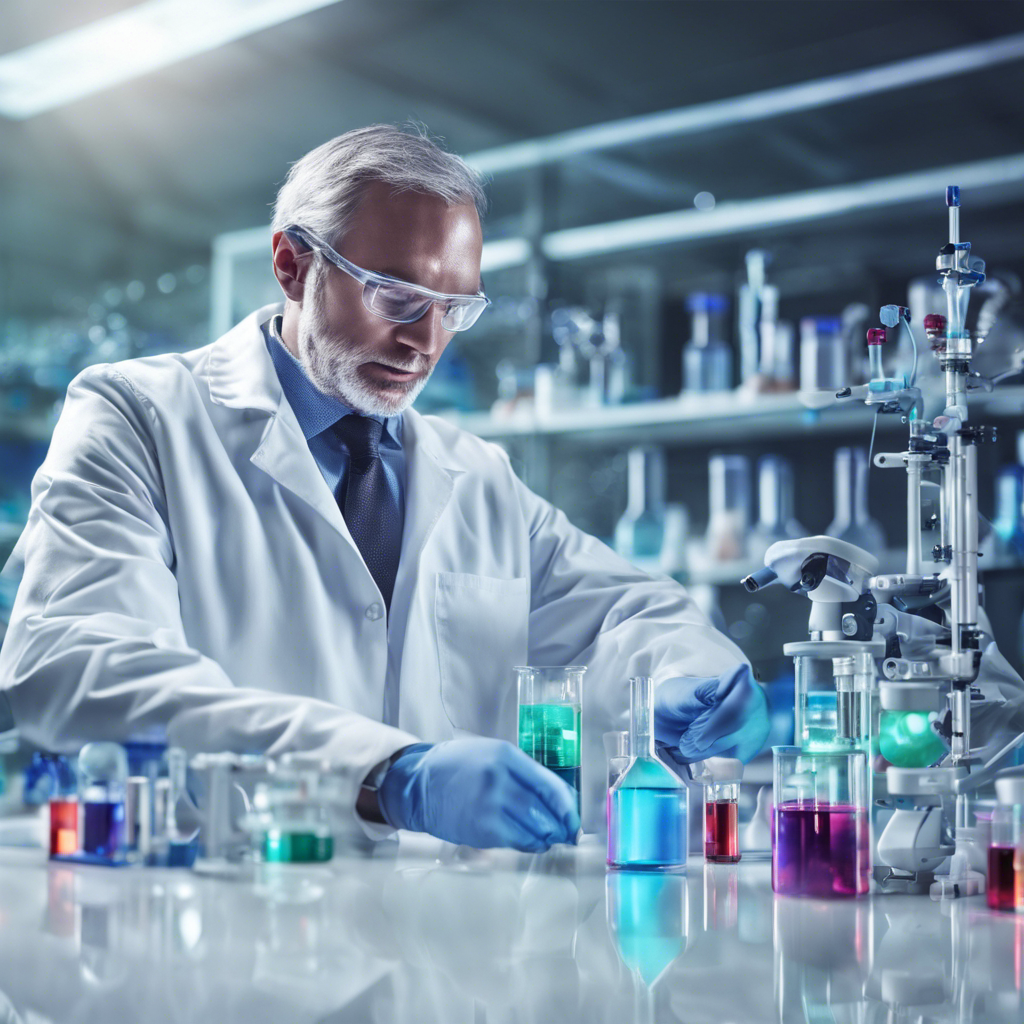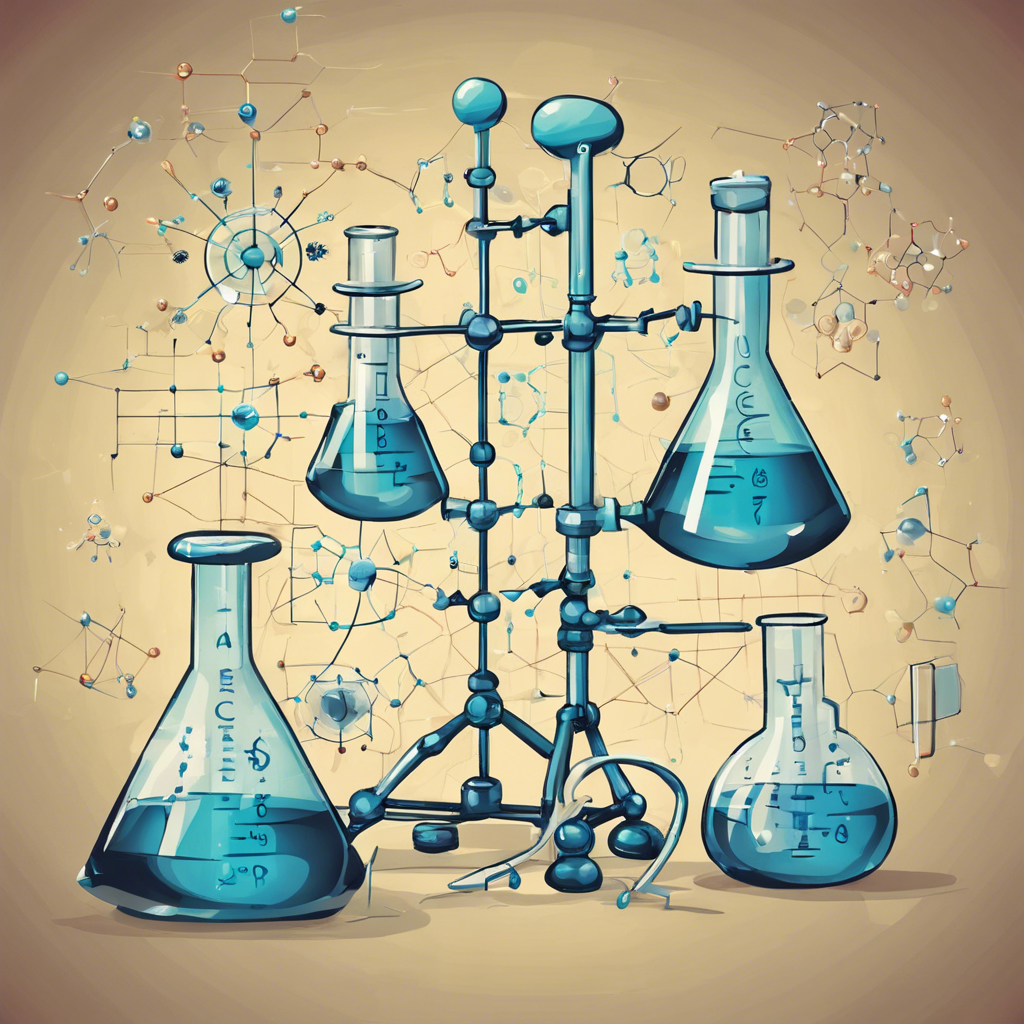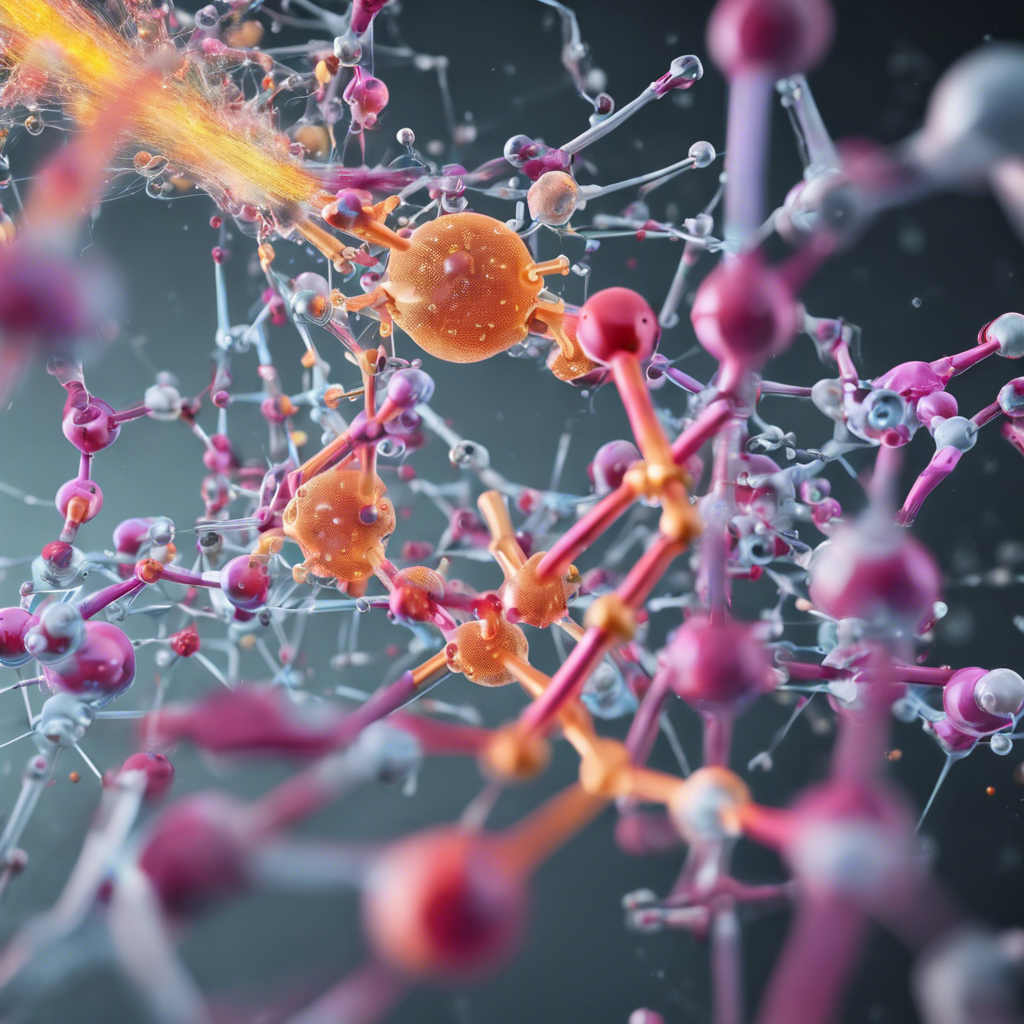Researchers at MIT Develop AI Program to Rapidly Calculate Transition States
In the realm of chemical reactions, there exists a critical moment known as the “transition state,” where energy peaks and the fate of the reaction is determined. Understanding this fleeting state is crucial for chemists seeking to develop new materials, fuels, and pharmaceuticals. However, the traditional method of calculating transition states using quantum chemistry is time-consuming. Now, researchers at the Massachusetts Institute of Technology (MIT) have harnessed the power of artificial intelligence (AI) to revolutionize this process, offering a faster and more efficient route to discovering transition states.
The Significance of Transition States in Chemical Reactions
The transition state plays a pivotal role in determining the likelihood and outcome of a chemical transformation. For instance, in the conversion of carbon dioxide to methanol, understanding the transition state’s favorability is crucial in achieving the desired product. By grasping the nature of the transition state, chemists can optimize reactions and develop innovative solutions to pressing challenges.
Challenges in Calculating Transition States Using Quantum Chemistry
The current gold standard for determining transition states is a quantum method called density functional theory. However, this approach can be time-consuming, often taking days to calculate a single transition state. To expedite the process, chemists have turned to machine learning, but face hurdles due to the various angles and orientations at which molecules collide during reactions. Each orientation requires a unique calculation, making traditional machine learning approaches less accurate and more challenging.
A Novel Approach: AI and Generative Models
Researchers at MIT sought to overcome these challenges by developing a program that could calculate transition states for molecules in any orientation relative to each other. They utilized a generative AI tool called a diffusion model, training it on a dataset of 9,000 chemical reactions. The model was fed information on the molecular structures of the reactants, transition states, and products for each reaction.
Rapid and Accurate Results
The trained AI model was able to generate transition states for each reaction accurately and swiftly. When presented with 1,000 new reactions, the program generated 40 possible transition states for each one in a matter of seconds. A separate confidence model was employed to determine the most likely transition state among the generated options. This breakthrough allows chemists to generate thousands of transition states in the time it would usually take to produce just a handful using conventional methods.
Potential Applications and Limitations
While the researchers used small molecules in their training and testing, limiting the reaction size to up to 23 atoms, they found that the AI model could still accurately handle larger molecules. This development opens up exciting possibilities for accelerating material and pharmaceutical development processes. However, the application of this AI approach in drug development involving proteins or more complex molecules may require further exploration and refinement.
Conclusion:
The integration of AI into the field of chemistry holds immense promise for transforming the way chemists understand and manipulate chemical reactions. The breakthrough achieved by the MIT researchers in rapidly calculating transition states using generative AI models paves the way for accelerated material and pharmaceutical development. By harnessing the power of AI, chemists can now explore larger reaction spaces and discover novel solutions to pressing challenges in a fraction of the time previously required. As AI continues to evolve, its potential impact on the field of chemistry is boundless, offering new avenues for innovation and discovery.











